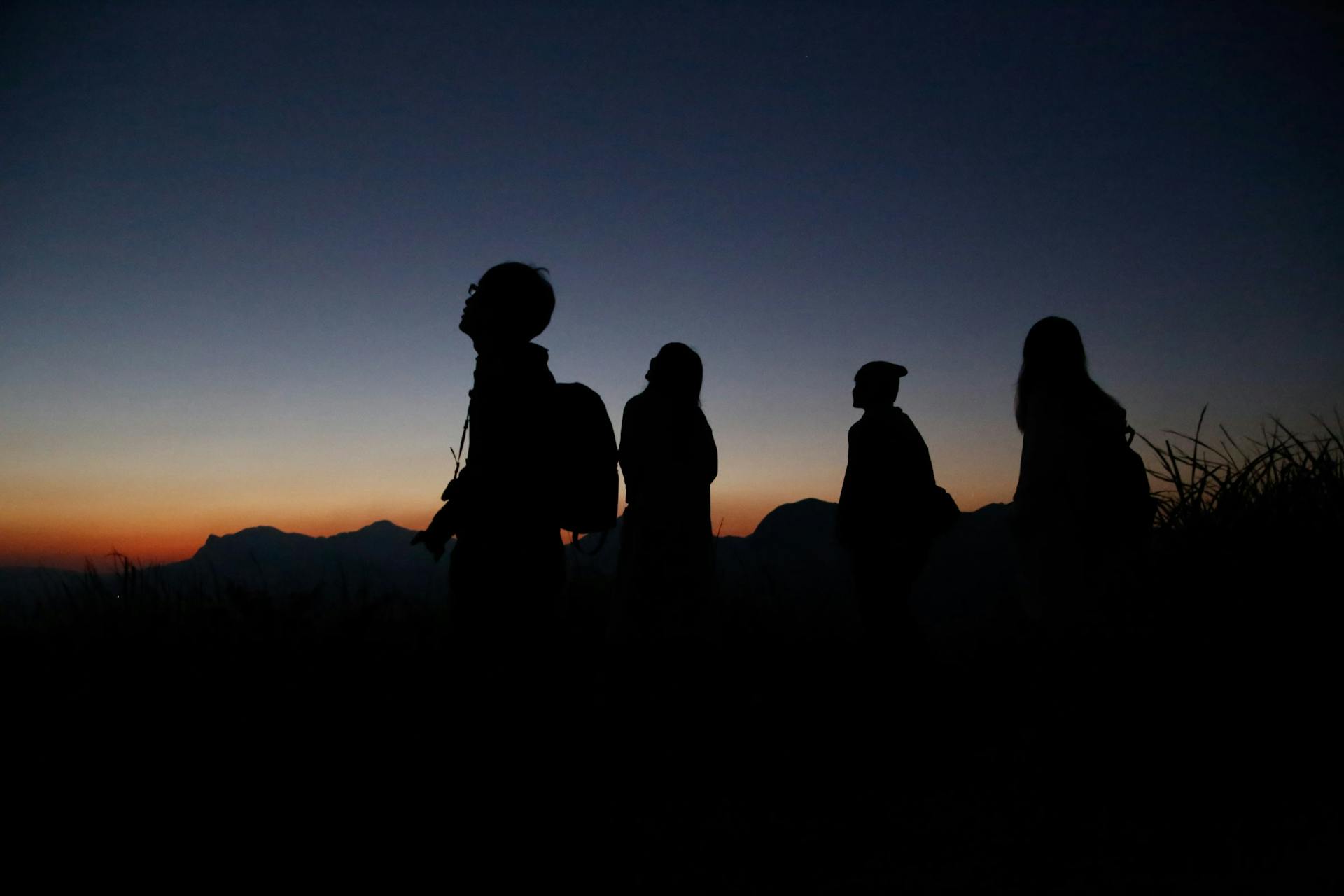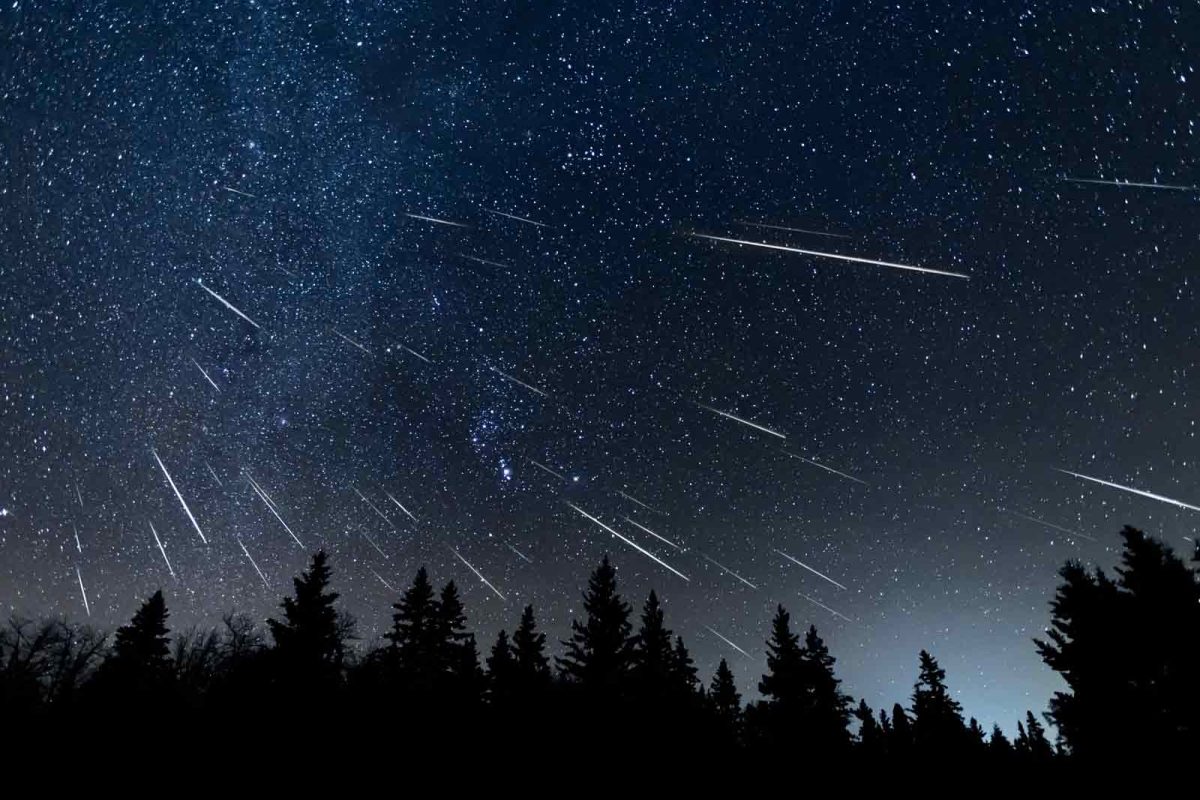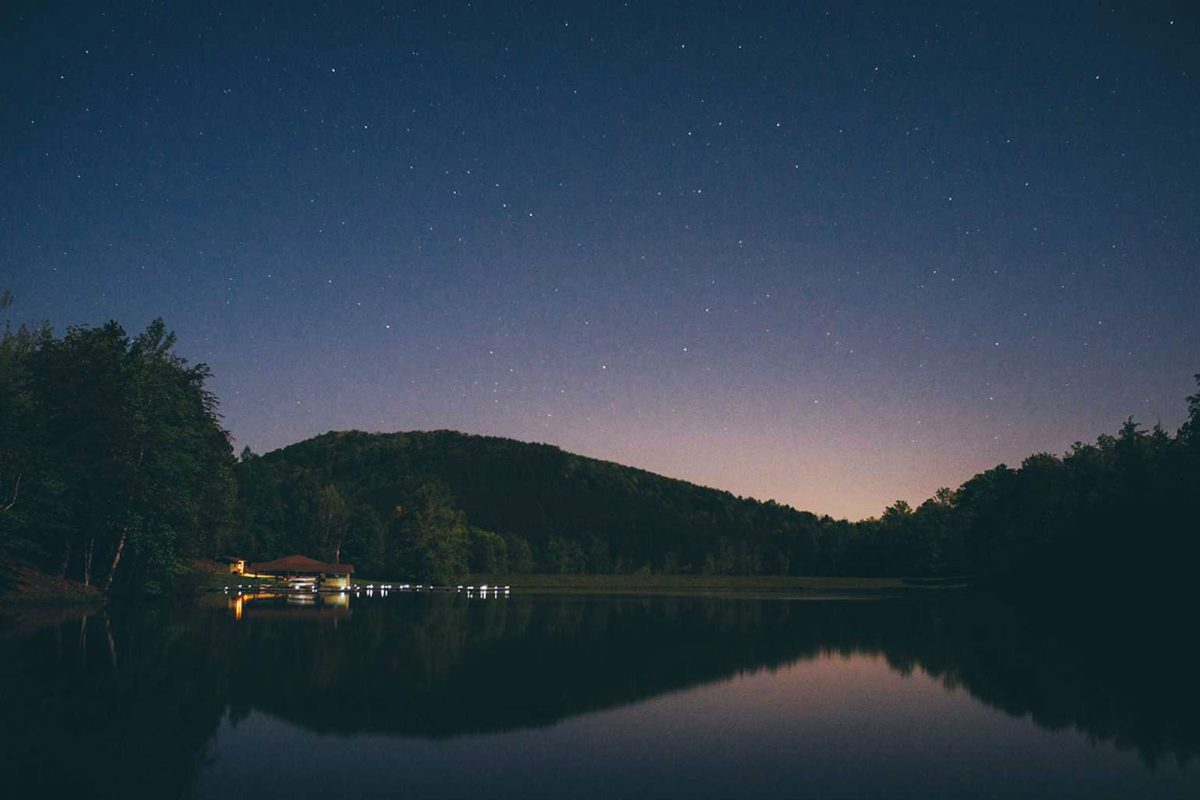2023 Celestial Events

Celestial events are a source of delight and wonder among stargazers young and old. Whether you’re an avid stargazing fan or it’s your newest hobby, these 2023 celestial events will have you awestruck at the dark sky. This year has four supermoons, a partial lunar eclipse, a solar eclipse, and more on deck. We’re already dreaming of perfect outdoor viewing spots, like one of the more-than 100,000 campsites on Campspot!
Ready to look to the skies and enjoy? Here are nine celestial events to mark on your calendar.
Lyrid Meteor Shower – April 22
Did you know the Lyrids are one of the oldest recorded meteor showers? This year, they’ll start to be visible around 10:30 p.m., and peak viewing time is just before dawn. This shower typically produces 15 to 20 meteors per hour, but some years include up to 100 per hour. Face east to see the Lyrids.
Trio on Summer Solstice – June 21
Astronomical summer begins in the Northern Hemisphere on June 21, and that night will be excellent for stargazing. On June 21, you’ll be able to see Venus, Mars, and a crescent moon all together with the naked eye. Look to the western sky after sunset to catch them.
Perseid Meteor Shower – August 11 and 12

The Perseid meteor shower is always popular for its frequent and bright meteors. This year, you can expect to see 50 to 100 per hour. These meteors peak as the earth moves through the densest portion of comet Swift-Tuttle’s debris. August 11 and 12 will be your best chances to view this meteor shower.
Saturn Opposition – August 27
Throughout late August and into early September, Saturn will be bright enough to see without a telescope. Opposition is the time in a planet’s orbit around the sun when it’s closest to Earth. Saturn reaches this point on August 27 this year, and with a telescope, you’ll be able to see its rings!
Super Blue Moon – August 31

The year 2023 will have four supermoons in a row—July 3, August 1, August 31, and September 29. A supermoon occurs when the moon is the closest in its elliptical orbit to Earth. When two full moons happen in one month, the second one is dubbed a Super Blue Moon. We haven’t had a Super Blue Moon since 2018!
“Ring of Fire” Annular Solar Eclipse – October 14
You’ll only be able to view the solar eclipse from the southwestern U.S., so plan accordingly. A solar eclipse occurs when the moon passes between the earth and sun. Because the moon won’t cover the sun completely this time, in some locations, you’ll see a “ring of fire” around it, a brilliant glowing circle. A solar eclipse can last for up to 12 minutes and 30 seconds; in the U.S. this year, the maximum duration will be about five minutes.
The eclipse will begin in Oregon at 9:13 a.m. PDT and end in Texas at 12:03 p.m. CDT. You might be able to see a partial eclipse in other parts of the country. Be sure to wear proper eye protection when viewing the eclipse.
Partial Lunar Eclipse – October 28
Unlike a solar eclipse, you don’t need any equipment to view a partial lunar eclipse. A partial lunar eclipse means the moon will be passing partly through Earth’s shadow. The partial eclipse will be visible on the East Coast of the U.S. beginning at 3:35 p.m. EDT until 4:52 p.m. After the moon rises in your area, you might be able to catch the penumbral eclipse, the earth’s faint shadow cast on the moon. The penumbral eclipse will be visible until 6:26 p.m. EDT.
Jupiter Opposition – November 3
Just like the Saturn opposition in August, Jupiter will be shining brightly all night long on November 3. Even without a telescope, it will appear brighter than the stars. With a telescope, you’ll be able to see Jupiter’s four largest moons and a colorful band of clouds.
Geminid Meteor Shower – December 13 and 14

Close out 2023 with the Geminids, speedy meteors that come from the asteroid Phaethon. Traveling at 78,000 mph, up to 120 of these meteors might be visible per hour on the nights of December 13 and 14. The moon will be setting early on the peak night, so the sky should be perfect to view lots of these around 2 a.m. local time.
Campgrounds for Stellar Stargazing
These stunning celestial events will be fun for the whole family, whether you’re camping in a tent, RV, or cabin. Once you’ve chosen which stargazing events you’d like to see this year, it’s time to start planning your outdoor camping adventure!
Dark Sky RV Campground – Kanab, Utah

Located on 40 acres of pristine sagebrush, this gorgeous campground has clear views of the Kaibab Plateau, Red Cliffs, and Vermilion Cliffs. There are plenty of accommodation options to choose from, with 18 full service sites and 10 luxury campsites. Plus, you’ll be close to Bryce Canyon National Park, Zion National Park, the Grand Canyon North Rim, and other hidden gems. It’s the perfect place to catch a sky full of stars.
Two Lakes Camping Area – Oxford, Maine

This lovely campground, situated on Hogan Pond in lower Maine, is far from any light pollution. Whether you book a tent site or an RV site, you’ll be able to stargaze from the beach.
Roadrunner Travelers Campground – Terlingua, Texas

With plenty of open space to spread out and enjoy nature, this campground is conveniently within driving distance of Terlingua Ghost Town, Big Bend National Park, and Big Bend Ranch State Park. It’s also within a Dark Skies Region, which means stargazing conditions are top tier!
Yogi Bear’s Jellystone Park: Golden Valley – Bostic, North Carolina

Families will love this wonderful campground. With loads of amenities, glamping tents, luxury cabins, and RV sites, they’ve got something for everyone. At night, you can relax and enjoy the star-studded skies above the scenic Blue Ridge Mountains.
Need a remote outdoor viewing spot to check out these amazing celestial events? Start planning now! Mark your calendar, browse Campspot, and get ready to stargaze.
Emily Hessney Lynch is a small business owner, reader, and writer. She lives in upstate New York with her husband and their three rescue dogs. They love getting outside year-round and enjoy paddle boarding, hiking, and snowshoeing. You can follow her on Instagram at @servemethesky.
Image Credit: Tyler Way, Adobe Stock – Lansa, Adobe Stock – Marek, Dark Sky RV Campground, Tyler Way, Tyler Way, Tyler Way